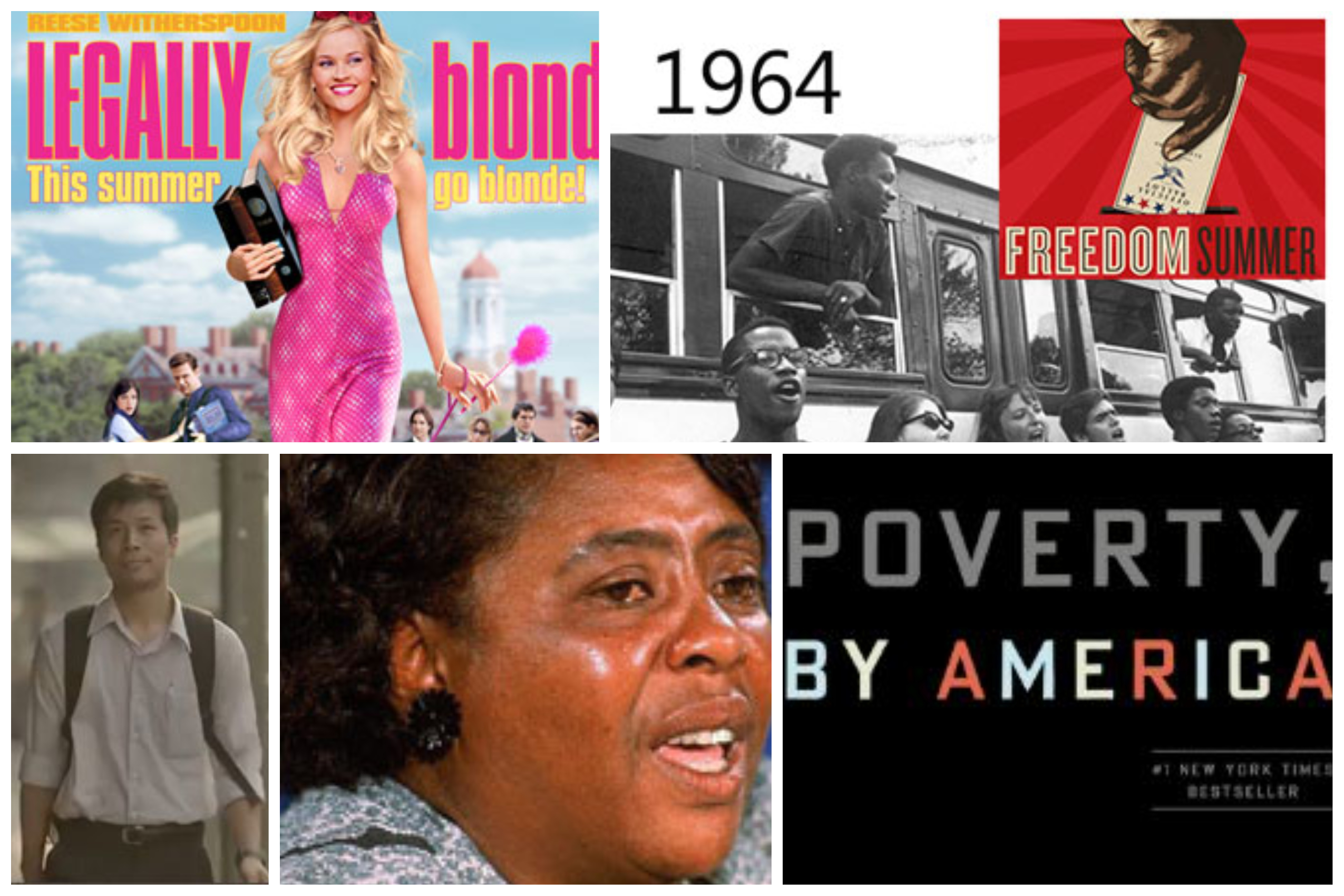
One of two Gospel stories this week is Jesus confrontation with the “Canaanite woman.” Reading on we can see a connection to our time if we view the story as a classic case of “ins” vs. “outs”. And that brings us to our time. At the bottom are 5 contemporary examples of the same thing. Here is the story:
One perspective is that the story can be seen as a study of “ins” and “outs” with the Canaanite woman in the Gospel being an “out”.
If she is “out”, then why is Jesus “in”? The “ins” and “outs” is a matter who is in control. Control can be one who is controlling the conversation, such as Jesus in this conversation. Control can also be legal, economical as with civil rights. Control can be based on perception when a group of people decide you are not “good enough”.
Control can be based on sheer numbers. In the Gospel story, the Canaanites were enemies of the Jews and even through Jesus was in their turf, he took relations in his own hands withs his diciples against only one Canaanite. It can also mean situations when people have already judged your actions and they use verbal language and body language to tell you are in error.
This classic struggle of “ins” and “outs” can be applied in so many ways – religion, economics, wealth and in social relations. Fairness and justice are all part of it. We see people not as they are – in this case simply trying to get a cure for a child. We tend to classify and put labels on people which isn’t fair.
The collage in this article are part of 5 examples (links) in our time with the lnks below demonstrating the “ins” and “outs”. In the movie “Legally Blonde” Elle, the aspiring law student, is up against a group of students who doubt her abilities in law school. She doesn’t appear to have the intellectual ability. We salute those that are trying to bridge barriers, such as the case in “Freedom Summer” in 1964 in trying to sign up African Americans to vote in Mississippi. There are two links for that event. It also can be situations when you are against a group that says by word or expressions that you shouldn’t act this way. Be sure to check out the video at from the last link- “Unsung Hero” – how one person can exact change when others doubt him. The boy tries to make a better life for those he comes in contact with and the crowd shakes their heads at his efforts. (Amazingly,that video was produced by a life insurance company!)
